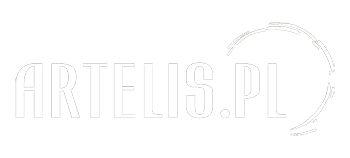
The new product, the new landing page
If you are introducing a new product or service to your offer, create new landing pages for them. You can put information about the new offer in the news of your website, but only for information purposes. Your website is not for sale, and in its depth of information, users may not even find the new thing you promote. So, if you want to increase the sales of a given product, put a new landing for it. Remember that it is the lander that is a sales tool. It effectively synthesizes the users to the action, for example clicking on the button and buying.
The simpler, the better
The landing page does not work like a traditional website and does not look like it. Its purpose is for the user to click on the final CTA to, for example:
- download an e-book,
- make a purchase,
- subscribe to the newsletter,
- leave the contact.
Therefore, elements of a traditional website, such as navigation, menus, subpages, external links and the like, are unnecessary on the landing page. All this distracts the user's attention, and external links can even make him abandon your site.
To sum up, when creating an effective landing page, make sure that the page template is as simple as possible.
A title consistent with the advertising campaign
How does the user land on your landing page? For example, after clicking on the Google AdWords advertising link. The header is the first message that the user sees after entering the lander. So, the title of the page should be consistent with your advertising campaign and its promise. Try to make your title:
- Clear and simple (with the clear message).
- Positive (talking about the benefits and written in the language of benefits).
- Limited in time (e.g. saying that the offer is only valid until midnight).
Remember that the header should also consist the key-word of your offer. For example, the one you used for your AdWords campaign.
Bullet points list full of benefits
After reading the title of your lander, a user can stay on the page or abandon it. If he stays, the next communicate he will come across is so-called bullet points list. At this point, you have the opportunity to develop the details of your offer. Remember, however, not to get too into technical matters. Bullet points should be written in marketing language and using the language of benefits. The user is not necessarily interested in how many turns the new washing machine has. He wants to know that from now on his washing after getting out of the washing machine is almost completely dry.
Slightly different calls to action
It's good to put CTAs in two places:
- at the beginning of your landing page – before the user has to scroll the page,
- and at the end of the site – when the user is ready to buy, and the CTA has it to eventually encourage.
Also, make sure that your CTAs are not ordinary (Subscribe to the newsletter), but more emotional (I want to subscribe to the newsletter and be up to date).







